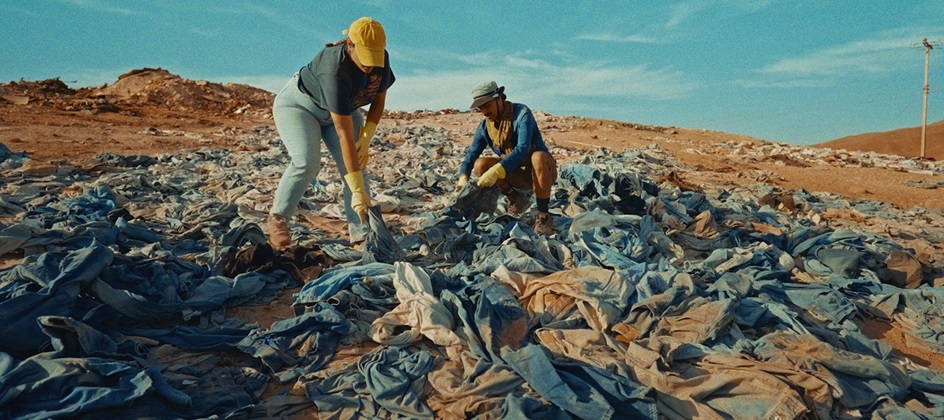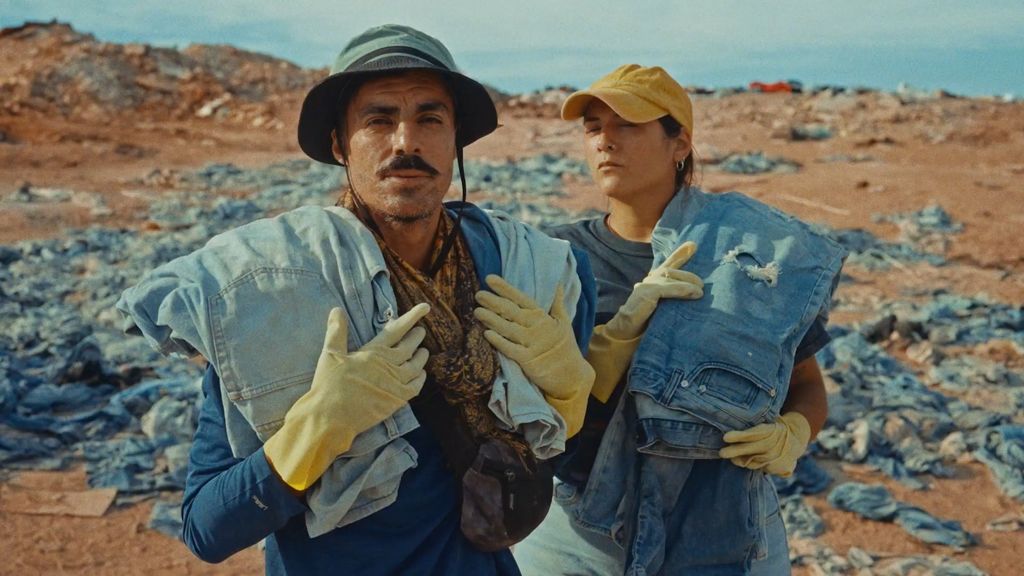Listen to the article!
Recommerce Atacama: Turning fashion waste into sustainable opportunities
From landfill to wardrobe: how Recommerce Atacama and reuse are rewriting the rules of sustainable fashion
The fashion industry, with its relentless production and fast-paced trend cycles, has significantly contributed to the global accumulation of textile waste. A striking example of this issue is the clothing dump in the Atacama Desert, a vast accumulation of discarded garments in Chile, born from the excesses of fast fashion and irresponsible disposal practices.

The Atacama clothing dump: a symbol of fast fashion
Every year, tons of used and unsold clothing are imported into Chile, primarily through the free port of Iquique. A significant portion of these garments is believed to be illegally dumped in the Atacama Desert, creating textile waste mountains visible even from space. This practice not only scars the landscape but also raises serious environmental concerns, as many synthetic fabrics take decades to decompose, releasing harmful substances into the ecosystem in the process
Recommerce Atacama: an innovative response
In response to this environmental crisis, the Recommerce Atacama project was born. It aims to turn the desert’s textile waste into valuable resources. Through its e-commerce platform, Recommerce Atacama allows people around the world to “rescue” discarded garments—offering them for free while only charging for shipping. This initiative not only reduces the environmental impact of textile waste but also raises awareness about the consequences of overconsumption tied to fast fashion

Upcycling: a growing trend in sustainable fashion
Upcycling, the process of transforming waste materials into products of higher value, is gaining ground in the fashion world as a powerful antidote to the fast fashion model. Innovative designers are embracing this practice to craft unique, sustainable garments.
For instance, Ellen Hodakova Larsson, winner of the 2024 LVMH Prize, is known for her skill in turning deadstock materials into extraordinary fashion pieces, such as a flapper-style dress made from zippers and a bustier crafted from vintage riding boots. Likewise, designers like Conner Ives and the brand ELV Denim are creating stylish outfits from used t-shirts and unwanted jeans, proving that creativity and sustainability can go hand in hand.
The consumer’s role in driving sustainable fashion
Consumers play a crucial role in advancing sustainable fashion practices. Choosing to buy upcycled or second-hand clothing helps reduce demand for new garment production—and the environmental toll that comes with it. By supporting initiatives like Recommerce Atacama, individuals also actively contribute to reducing textile waste and fostering awareness about the hidden costs of fast fashion.
A call to action: embrace conscious fashion
As awareness of fashion’s environmental impact grows, both designers and consumers are turning toward more sustainable practices. Projects like Recommerce Atacama and the rise of upcycling mark important steps toward a future where fashion is no longer synonymous with waste—but with innovation and responsibility. It’s time for all of us to rethink our buying habits and explore more sustainable alternatives—becoming active participants in reshaping the fashion industry for the better.


